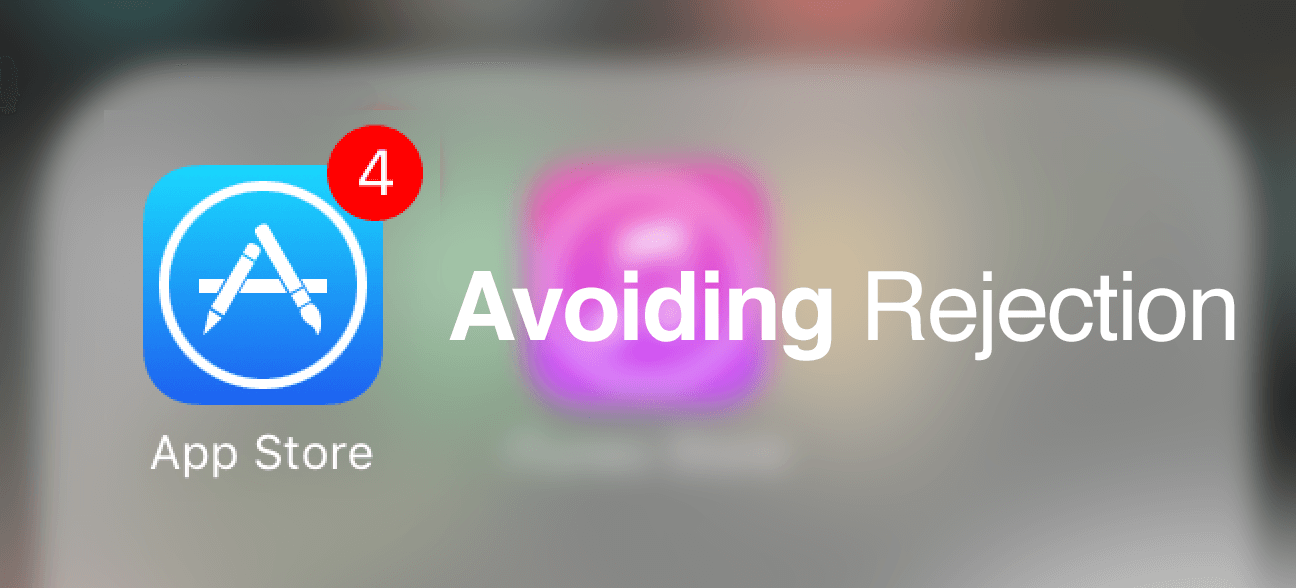
Posted on October 10th, 2017
Apple Search Ads is growing rapidly, especially since Apple launched their new App Store redesign. Since Apple announced back in April 2017 that they were expanding their Search Ads to the UK, Australia and New Zealand, developers around the world have been reaping the benefits of Apple Search Ads. If any developer has been considering getting into Search Ads but hasn’t taken the plunge, now is the time, but there are some things you should know before getting started. Similar to ASO, Search Ads isn’t a one-time thing. Running Search Ads requires constant monitoring to make sure the campaign is working within the set budget and converting users. Many developers fail to realize having bad Search Ads management can actually hurt their apps more than not having a Search Ads campaign at all. Focusing on their budget, audience, and metadata, developers will ensure their Search Ads are optimized to attract and convert users. The key to making successful Search Ad campaigns is achieved by following ASO best practices.

Posted on August 30th, 2017
With more and more dating apps in the app store market today, it's essential for developers to implement ASO best practices into their app marketing strategy to compete in an increasingly congested market.

Posted on August 22nd, 2017
If you are an app developer, you have probably seen your fair share of user reviews. Many can attest that while they enjoy seeing praise for having a great app, the scorn of negative reviews leaves a lasting impression. Clean up those wounds and turn a negative into a positive. Look at all reviews as information and an opportunity to use that information to improve your app and communicate with users. User reviews can serve many purposes for developers and give insight on how to improve their app and allow them to mine valuable information about their users such as: do user’s like the app, are there bugs that need fixing, or are there features active users consistently ask for? By paying attention and interacting with users, developers will see better results in user retention, lessen uninstalls, and possibly turn a negative one star rating into a positive star rating. While a negative review is not the end of the world, sometimes it is a premonition that a user is ready to uninstall. As the combined total of apps on the app stores crossed the threshold of 4 million, developers are pressured more than ever to prevent users from uninstalling their app and downloading a competitor. It is imperative that developers take the necessary steps to avoid the common reasons users uninstall apps to guarantee continued success.

Posted on August 18th, 2017
Since a picture is worth a thousand words, using visual aids to capture users’ attention within the App Stores has become a vital part in the acquisition funnel. As competition in the App Stores continues to grow, developers need to find ways to differentiate themselves from their competition. Utilizing ASO best practices to optimize an app’s metadata (app name, keywords, description, etc.) is the most efficient way to target an app’s audience. While focusing on the metadata is crucial, developers need to pay close attention to creating visually appealing screenshots to convince users to download and/or buy the app, thus increasing conversion rate.

Posted on August 12th, 2017
Developers that have an app on the App Store or Google Play Store need to use App Store Optimization (ASO) as a tool to market their apps. As developers create their ASO strategy, it’s imperative that ASO best practices are utilized to maximize visibility. Before developers start utilizing ASO, they need to avoid some common ASO mistakes to boost their success.

Posted on August 5th, 2017
Popular comics, TV shows, movies, and celebrities have recently made the shift to mobile by recreating their content into mobile apps. While developers are struggling to get recognized on the App Store and Google Play Store, well-known names such as Gordon Ramsay, Marvel Comics and more, have found an instant groove, reaching a new audience, and increasing daily downloads. Transitioning into the app world with a recognizable and popular brand is great, but to remain relevant, you need an ASO strategy. Games like Pokémon GO have proven that they need an ASO strategy to continue success in the app stores and retaining users. While Pokémon GO proved that it could attract loyal fans without having a great ASO strategy, many of those fans ended up abandoning the game within six months due to monotonous gameplay and no new updates other than one-time bug fixes. With an ASO strategy, Pokémon GO could have gained new users that were unaware of its brand or popularity. Having a built-in fan base is great and automatically guarantees a number of downloads, but understanding ASO and why a strategy is important, can do wonders for continuing an app’s success.

Posted on July 27th, 2017
Mobile apps – a growing market that affects nearly every person in the world. On top of creating an app, developers must market their apps to a specific audience. For an app to advance, keeping their audience in mind throughout every step of the optimization process is crucial. As technology continues to grow and the app market progresses, developers need to continually market their app to their target audience. Recently, as more and more developers crowd the marketplace, some have started adjusting their app’s metadata toward millennials. Smart phone users around the world run into the billions and within the US alone 85 percent of smart phone users are millennials. For the most part, once an app goes live on the App Store or Google Play Store, roughly 25 percent of the world’s population can access the app. Even though 25 percent seems like a small number, it still adds to an app’s overall visibility. Should developers really focus their efforts on targeting just millennials, or should they broaden their scope and target everyone? Generations of Users In today’s society, it is a commonly known fact that millennials have grown up with technology more than previous generations. For most, their daily life consists of staying connected through their mobile device, which strongly includes the use of mobile apps. Even emerging markets such as India have millennials making up the largest population group, meaning there are rapidly growing markets with easy to target audiences. While ASO best practices highly suggest targeting your app to a specific audience, targeting only millennials can limit your app’s visibility in the app stores. By focusing on only one group of individuals, your app can never reach its full potential or become relevant to other generations of users. Instead of focusing on just one generation, it’s important to look at what your app does and understand who the app is intended for. Once you understand who your target audience is, it will be increasingly easier to optimize your metadata.

Posted on July 1st, 2017
Coming up with the next great app can be exciting, but when looking at the current mobile app market, entrepreneurs realize that the nearly 3 million apps completely saturate every app category. It’s tough to get noticed in any category, but how do the top apps do it? They start by monitoring the current app market, researching user trends, defining user behaviors, creating a targeted demographic user base and carefully distinguishing which category fits their app best. By monitoring competitors and current app market trends, developers can make crucial changes using ASO best practices before wasting their time and resources launching an app prematurely.

Posted on May 9th, 2017
People think the toughest part of creating a mobile app is simply gathering the funds and launching the app. However, one of the most difficult parts of maintaining a mobile app is continuing its success post launch. Developers need to understand how to navigate and manage the challenges that occur after launching their mobile app. To continue being successful in the App Store and Google Play Store, developers need to be strategic and have a clear vision of what direction they want to take their app. The best marketing tool to ensure growth post launch is App Store Optimization (ASO). This marketing tool will help developers monitor and manage their growth and continue their marketing efforts by using real-time mobile data based on user trends and behaviors within the app stores to drive discoverability to their target audience. While ASO is available to all developers, there are common mistakes that many developers tend to make after launching their app.

Posted on May 1st, 2017
As of April 25th,

Posted on April 27th, 2017
Toward the end of September 2016, Apple reduced the character limit allowed for app names, which caused a frenzy among developers focused on App Store Optimization. It pressured many developers to restructure their app’s title tags since keywords in title tags that exceeded 50 characters on the App Store would no longer be ranked.

Posted on April 22nd, 2017
While many developers have followed ASO best practices and improved their app’s metadata (title, description and screenshots), not many focus on the app’s preview video. The preview video is in place to improve conversion rates by engaging the audience and showing users the app’s core features. Unfortunately, it’s a forgotten part of the app’s metadata. Developers need to optimize their preview video with ASO to increase their odds of converting users and encourage them to tap “GET.” What’s a Preview Video? Preview videos are one of the first visual representations of your app that users will see when searching in the app stores. On an Android device, the video appears at the very top of the listing, encouraging users to interact with the gameplay and see how to use the app before scrolling down to read the description. For iOS, the preview video can take the place of a screenshot and is always listed first in the sequence. A preview video is supposed to be rich in content and deliver the app’s message well. There are three common types of preview videos developers tend to use, and those are:













